Sculpture for the Pan American Exposition in Buffalo was an integral part of the overall design. It was planned to complement allegorically the colors used on the buildings and to illustrate the evolution of civilized humans from barbaric to the most sublime state, namely the advanced, tamed, state of the western world in 1901.
He contracted with 35 accomplished sculptors, most with national reputations, and assigned each a particular subject, such as "Floral Wealth" or "Savagery" or "Agriculture." Each sculptor was to create a model (see the small plaster model in the middle of the photo below) and forward it to Bitter's studio. He hired 50-100 skilled workers, many sculptors-in-training, to reproduce the models in the desired size. The material used was staff, a mixture of plaster and fiber or excelsior. To ensure accuracy in reproduction, Bitter utilized a relatively new pantographic device, developed by Robert Treat. Paine, which speeded the process of enlarging the models and made it possible to reproduce 500 models economically. The sculptures were then sent to Buffalo in three railroad cars; large figures were shipped in pieces.. Most of the images below were taken in January 1901, less than five months before the Exposition opened. Once on the Exposition grounds, they were stored temporarily in the Machinery and Transportation building where in March, according to Collier's Magazine, Italian artisans worked to cast the statues from molds made at Bitter's studio in New Jersey. |
Exposition Grounds Sculptors Charles N. Niehaus |
Articles about the Pan American Sculpture The Sculpture Plan - Karl Bitter |
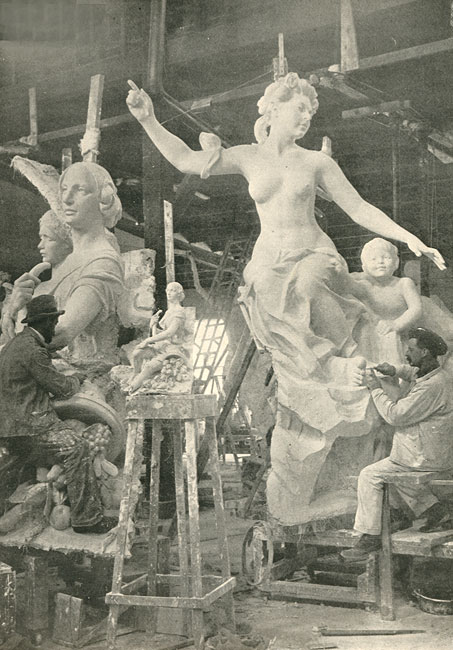
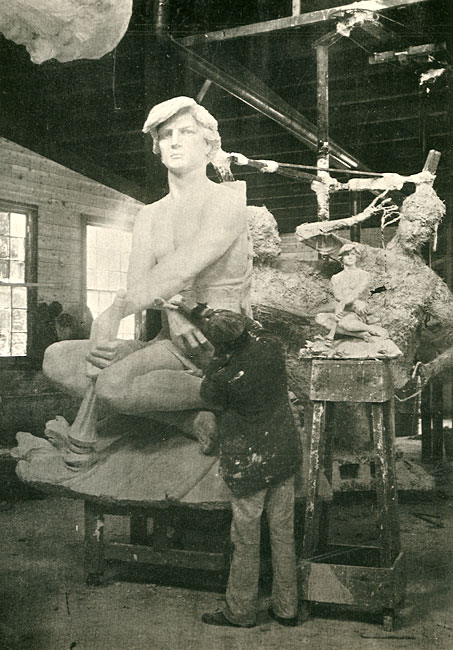
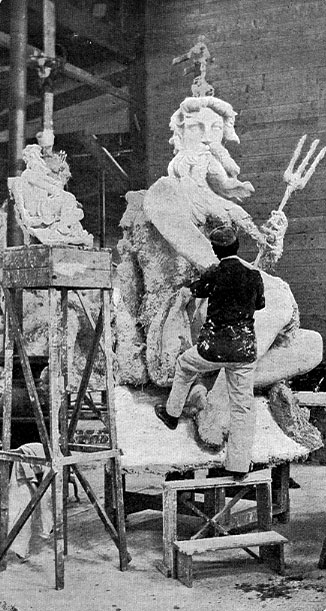
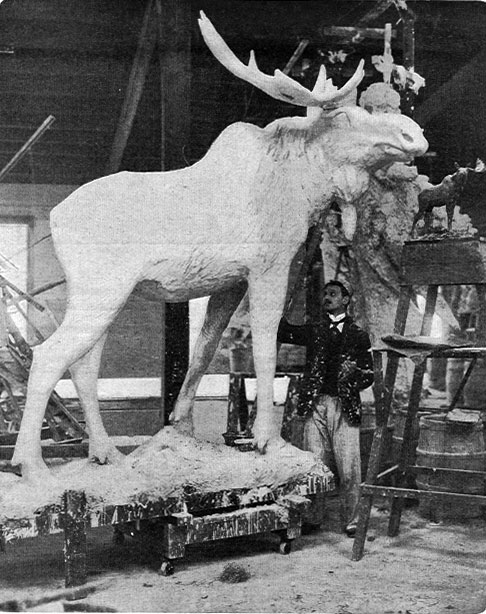

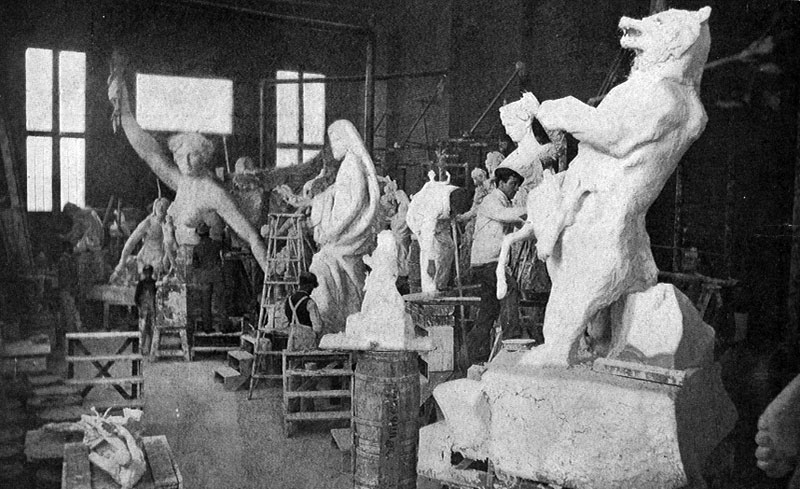
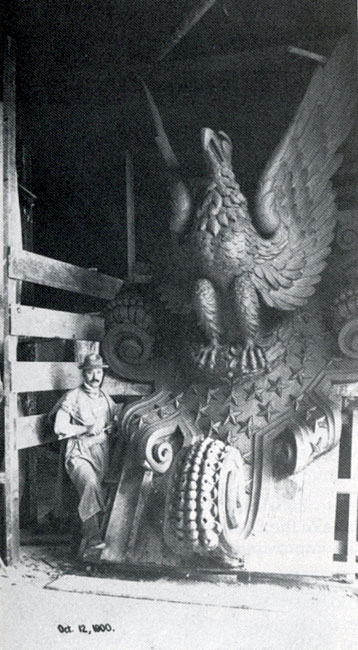
The above sculpture (cast 8 times) was part of the Ethnology Building decoration.
It was created by John Frederickson in Buffalo, and required a ton of clay.
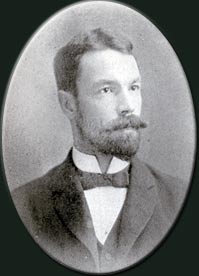 Exposition planners contacted the National Sculptors' Society and asked that body to provide the name of a man who would be in charge of all sculpture on the Exposition grounds. Karl Bitter, a native of Austria who emigrated to America in 1889, a 34 year-old sculptor whose reputation was growing, was chosen. His headquarters was in a massive studio in Hoboken, NJ.
Exposition planners contacted the National Sculptors' Society and asked that body to provide the name of a man who would be in charge of all sculpture on the Exposition grounds. Karl Bitter, a native of Austria who emigrated to America in 1889, a 34 year-old sculptor whose reputation was growing, was chosen. His headquarters was in a massive studio in Hoboken, NJ.